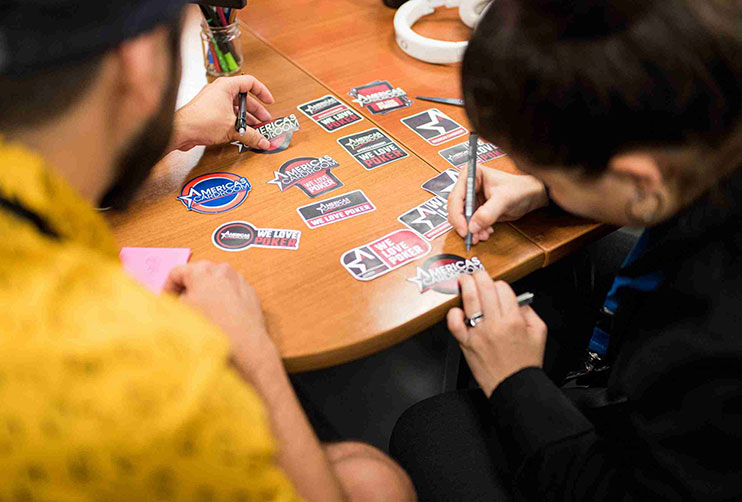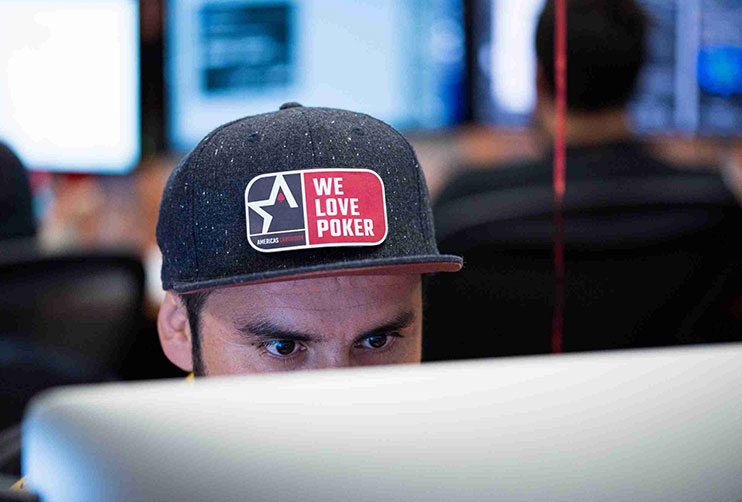$12,500,000 GTD WIN LIFE-CHANGING MONEY OUR BIGGEST TOURNAMENT EVER!
2923 Players Registered! Last updated 04/23 8:00 EST
Why would you play poker
anywhere else?
Home of the $12.5 Million GTD Venom Tournament
Massive daily tournament schedule
More deposit options than any other site
Millions won by our players every single day
Dealing cards for over 20 years
Fastest payouts in the industry
We take your safety and security seriously
DATA PROTECTION
We believe in honesty and transparency. Always.
SINCE 2001
We've been dealing cards for decades, and our focus on you keeps getting stronger.
BOTS
We’re always standing on guard to make sure bots stay off the tables.
PRIVACY
We use top bank-grade encryption and do everything we can to make sure your info stays private.
A WORLD OF POKER ENTERTAINMENT AWAITS!
It just takes a minute to create your free account and load it with cash. Once you’re good to go, you’ll have unlimited access to the hottest poker promotions, biggest tournament action, nonstop cash game thrills, and everything you need to fill your day with poker awesomeness. All this plus a casino games, and so much more.

HIT THE CASINO. ANYWHERE. ON ANY DEVICE.


WE BREAK RECORDS
When you join ACR, you become a member of a site that breaks records.
The biggest guarantees, the biggest payouts, the largest tourney selection.
Sign me up!
MAXIMIZE YOUR INCOME


EARN PASSIVE INCOME THROUGH AFFILIATE MARKETING
Join the WPN Affiliates Program and receive a CPA commission with every active player you bring to the site.
CLICK HEREOur timeline
2001
Opened Doors to Worldwide Players
2011
Joined Winning Poker Network
2012
Launched First Weekly Beast Point Race
2014
Hosted First $1M GTD Tourney
2015
Began Accepting Bitcoin
2018
Launched Cage Live in Costa Rica
2022
Hosted Record $10M Venom




















